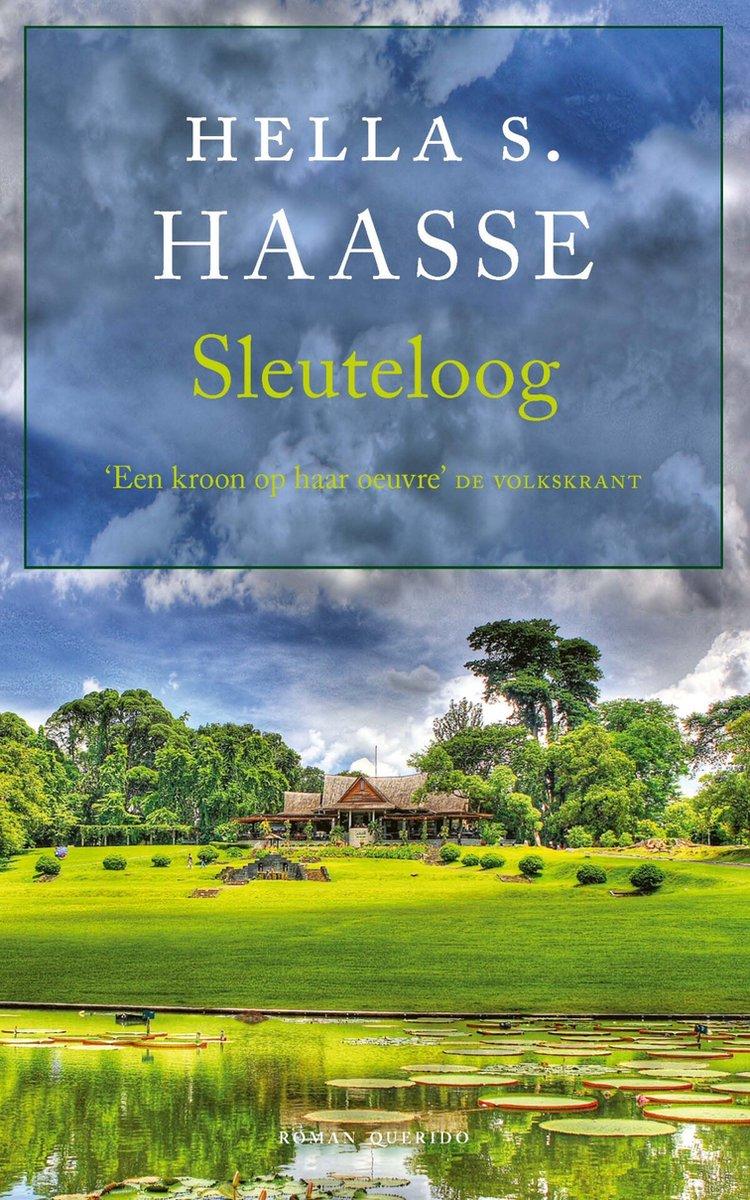Eye of the Key
Despite her advanced years, Hella S. Haasse always succeeds magnificently in penning novels that add something new and radical to her majestic oeuvre. Her latest novel has even been hailed by Dutch literary critics as one of the best she has ever written. In 'Sleuteloog', Haasse returns to the Dutch East Indies, to her native soil and the place she considers the breeding ground of her imagination. This was also the setting for her debut novel from 1948, 'Oeroeg' (Forever a Stranger), which brought her overnight recognition as a Dutch writer.

In Oeroeg, she describes the deterioration of a friendship between two boys, one Indonesian and the other from white Dutch parentage, just before and after the Second World War. A friendship from that time is also the central theme of Sleuteloog, but this time one between two girls and later young women: Herma Warner, from a white Dutch family, and Dee Meijers, from Indonesian-European origins.
In the opening sentences of the novel, a journalist asks Herma Warner – by this time a retired art historian – for information on Mila Wychinska, the name Dee Meijers took at the time of the Indonesian war of independence. The journalist’s request forces Herma to look over her shoulder. Back to Indonesia, and back in time. It soon becomes clear that Herma has developed a blind spot where many issues from the past are concerned. Was there actually any friendship between the two girls? What really happened? And what was the relationship between Dee and Taco Tadema, later Herma’s husband, who also grew up in Batavia?
These are questions Herma has no adequate answer for. An ebony chest symbolises delving into the dim and distant past. It should contain notes and photographs of Dee and her husband, but the key is missing. This is a typical process in Haasse’s work: little by little, Herma’s past becomes clearer, without the mystery ever being entirely solved.
'Sleuteloog' is a tale that has everything: drama, suspense, intrigue, infidelity, broken friendship and a whole lot of clashes between Indonesia and Holland, between swarthy and white, between second generation Dutch Indonesians and mixed families.
NRC Handelsblad
The masterly, mysterious composition of Sleuteloog does not, incidentally, prevent Haasse from taking a sharp view of Herma’s guilt feelings, nor even from levelling heavy criticism at the European presence and disinterest in Indonesia. Herma Warner is all too aware of the fact that she was essentially a foreigner there. This theme, which has occupied Hella S. Haasse from the beginning of her writing career, has been reincarnated in Sleuteloog in a thrilling, socially involved and subtle manner.
'Sleuteloog' is a novel that approaches perfection: touching, gripping, biting, informative and thrilling. What more could a reader ask?
Algemeen Dagblad
Beautifully imaginative novel. … The icing on the cake of her oeuvre.
De Volkskrant
